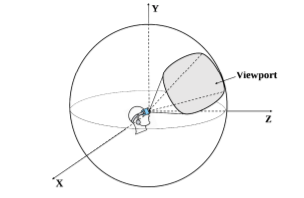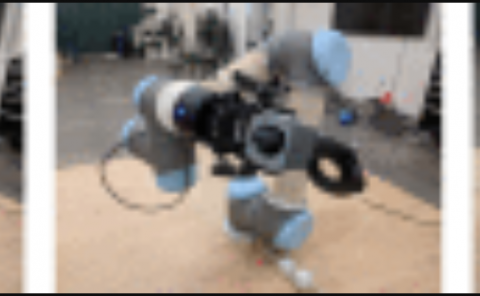An Evaluation of Tile Selection Methods for Viewport-Adaptive Streaming of 360-Degree Video
PubDate: March 2020
Teams: The University of Aizu
Writers: Duc V. Nguyen, Huyen T Tran , Truong Cong Thang
PDF: An Evaluation of Tile Selection Methods for Viewport-Adaptive Streaming of 360-Degree Video

Abstract
360-degree video has become increasingly popular nowadays. For effective transmission of bandwidth-intensive 360-degree video over networks, viewport-adaptive streaming has been introduced. In this article, we evaluate, for the first time, ten existing methods to understand the effectiveness of tile-based viewport adaptive streaming of 360-degree video. Experimental results show that tile-based methods can improve the average V-PSNR by up to 4.3 dB compared to a non-tiled method under low delay settings. Here, the V-PSNR is computed as the peak signal-to-noise ratio of the adapted viewport compared to the corresponding origin viewport. Also, different methods show different tradeoffs between average viewport quality and viewport quality variations. Especially, the performances of most tile-based methods decrease quickly as the segment duration and/or buffer size increase for the content with no main focus. Even, under long delay settings like HTTP Adaptive Streaming, it is found that the simple non-tiled method appears to be the best one. For the content with a strong viewing focus, it is found that the tile-based methods are less influenced by the segment duration and the buffer size. In addition, a comparison of the performances of the tile selection methods using two popular viewport estimation methods is conducted. It is interesting that there is only little difference found in performances of tile selection methods. The findings of this study are useful for service providers to make decisions on deployment of streaming solutions.



